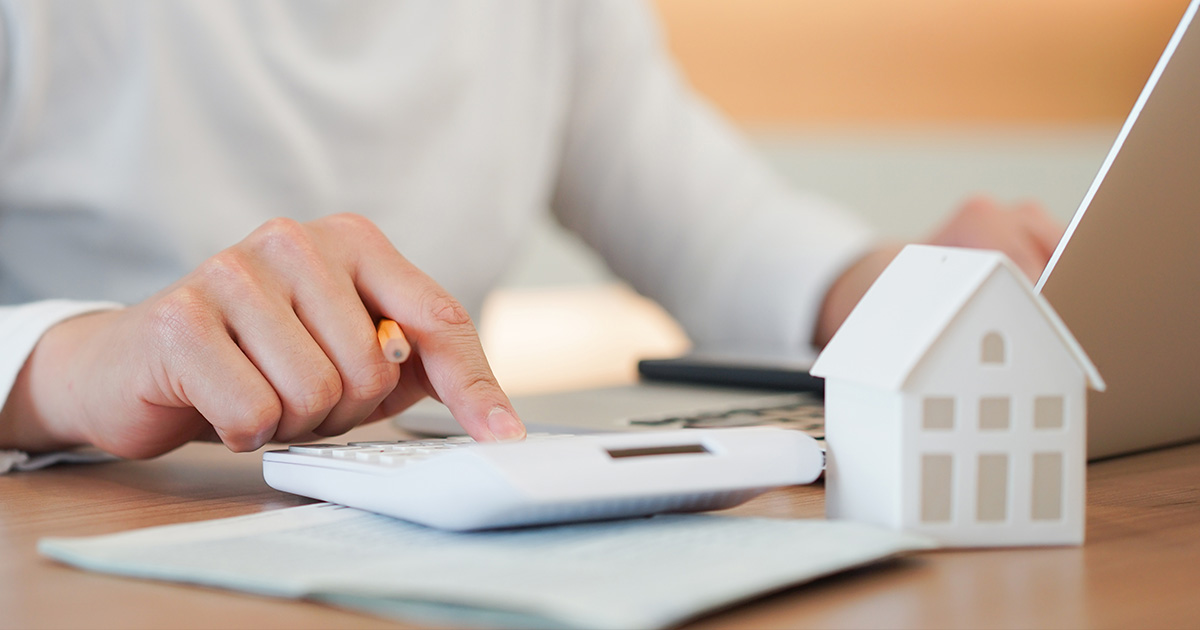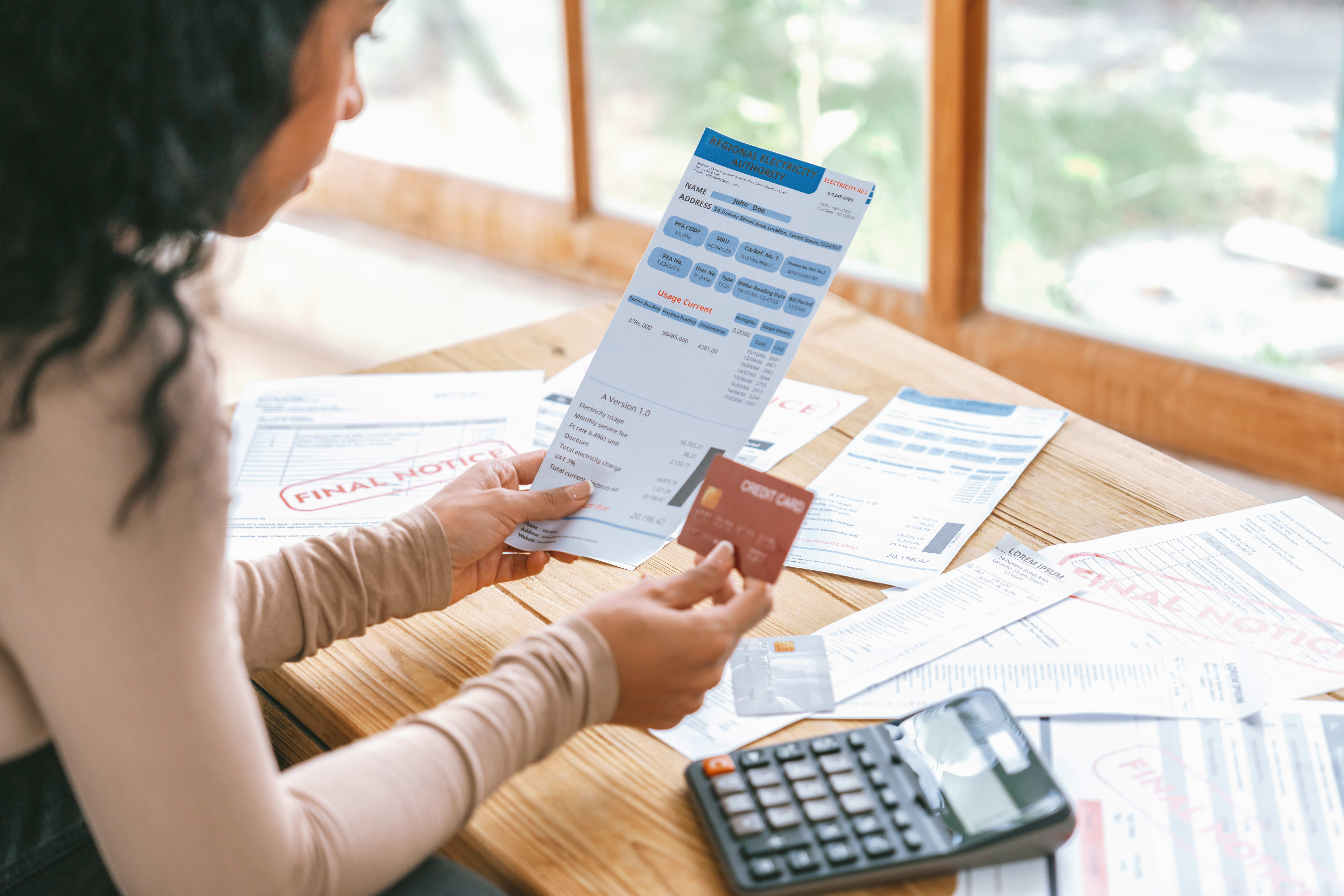Purchasing a home is something you’re likely to do only a few times in your life. You figure out how much you can pay for a house based on how much you can afford each month, pick out the house you want, work with a lender for financing, sign a LOT of papers and then someone hands you some keys. So exciting!
Once you have your monthly house payment set to ‘auto-draft,’ you usually set it and forget it. That is, until you start hearing things in the news like “super low interest rates” and “time to refinance.” But what does that even mean? Read on for the answer to that and all your other burning questions about refinancing a mortgage.
Q: What does it mean to refinance a mortgage?
A: First, a mortgage is a loan specifically for purchasing real estate; in most cases, a house. When you refinance your mortgage, you replace your current loan with a new one. The new loan pays off the old loan.
Q: Why, exactly, would I want to do this?
A: For the most part, refinancing a mortgage is a way to get a better deal than you did the first time, meaning you get to save money, and potentially knock a few years off of the total time you are paying for your home loan. Benefits of refinancing can include a lower interest rate, adjusted loan terms, switching from adjustable-rate to fixed-rate, or to access home equity funds.
Q: So what’s this I hear about a lower interest rate?
A: When you signed up for the first loan, you agreed to pay interest at a certain rate throughout the life of the loan. This is how you pay back the financial institution for loaning you the money.
Interest rates fluctuate on a regular basis and if they decrease you may want to get in on that. Some experts say if you can decrease your interest rate by even 1% (say, going from 5% to 4%), it’s worth it. You’ll pay less over the life of the loan and may even be able to pay off the loan sooner.
For example, if you have a 5% interest rate on a $200,000 home loan, you’ll owe $1,074 each month for 30 years (not counting taxes and other fees). If you decrease your interest rate to 4%, your monthly payment drops to $955, saving you $119 each month and $42,773 over the life of the loan.
Q: What about changing the term of the loan?
A: Again, when you got the mortgage originally, you agreed to pay back the loan over a period of time, usually 30 years. If you agree to pay back your new mortgage faster, the financial may give you an even lower interest rate, which means your monthly payment may stay about the same, but you’ll save a lot of money overall.
Using the same example above, if you agree to pay back your loan in 20 years instead of 30, the financial may give you an even lower interest rate of 3%. Your monthly payment will be $1,109 (only $35 more), but over the life of the loan you’ll save an amazing $120,305.
Q: What’s the difference between fixed and adjustable rates?
A: You can get a mortgage with two types of interest rates: adjustable rate mortgage (ARM) means the rate can change over time, or fixed, which means the rate will always be the same. Read more about these here. Switching from fixed to adjustable, and vice versa, could help you save money.
Q: What is home equity?
A: As you pay off your mortgage, you build up equity, or the amount of your house that you’ve paid for. Think of it like you’re buying your house from the financial one brick at a time and the equity is all the bricks that are paid for in full. You can use that equity to get another loan for things like a financial emergency, a home renovation or that epic vacation you’ve been dreaming of. Learn more about home equity loans (and lines of credit) here.
Q: Why would the new rate need to be 1% lower, even if it’s 0.25% lower, don’t I save money?
A: Just like when you bought your home, there will typically be closing costs involved with refinancing a mortgage. These closing costs will vary depending on the size of your loan and the loan program that you choose. Closing costs can typically be anywhere from 1% to 5% of the loan amount. It’s just as important to find out the total closing costs, along with your interest rate, to figure out the total cost and potential savings of refinancing.
Using our original example of decreasing the interest rate from 5% to 4% on a $200,000, 30-year mortgage, you could pay $2,000 to $6,000 in closing costs (which may be rolled into your new loan if there is equity available, or you could pay out of pocket which actually increases your savings).
Q: So, how do I decide if I want to refinance?
A: If the current interest rate is at least 1% lower than the one on your mortgage, and you’ve had your mortgage for a few years, it’s worth looking into. Start with a mortgage calculator, like this one. This will let you play around with the numbers to see if it makes sense.
Everyone’s situation is unique, and besides lowering the interest rate there are several other considerations to make before deciding to refinance. How long will it take to recoup the closing costs with my interest savings? How long do we plan to stay in the house? Do I have the equity to cover closing costs or will I need to pay them out of pocket? These are just a few of the key points to consider. It is highly recommended that you consult with a professional Mortgage Architect to assess your particular situation and needs prior to starting the refinance process.
If it seems like a good idea, you can read more about our process at Verve. As a top lender in the areas we serve, we make this one of the smoothest financial moves you’ll ever make!






 Federally Insured by NCUA |
Federally Insured by NCUA |  Equal Housing Opportunity |
Equal Housing Opportunity |